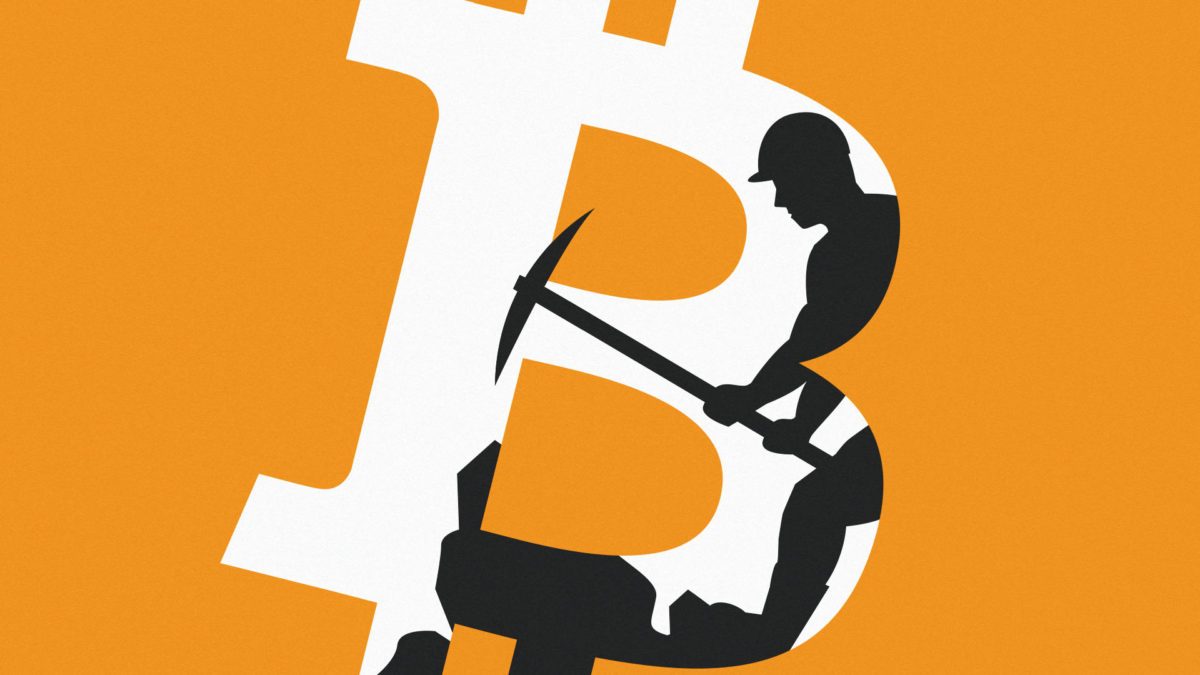Sentiment turns from bear to bull for Bitcoin miners in 2023

In the late 2022 depths of the bear market, sentiment for bitcoin miners was abysmal. Rig operators were suffering. Profits had evaporated. Equity valuations cratered.
Respondents in various Twitter polls predicted that fewer than half of bitcoin miners would survive. Indeed, Core Scientific became the first publicly-traded bitcoin miner to declare bankruptcy.
Opportunists started circling the corporate carnage. Binance found an easy opportunity to make loans to distressed companies. Jihan Wu’s Bitdeer started a $250 million fund to buy distressed assets.
Read more: Pressured bitcoin miners can’t sell the dip fast enough
Now that bitcoin is above $20,000, more miners are turning their rigs back on. The average hashrate devoted to bitcoin rose to over 272 quintillion calculations per second by January 23.
Year to date, Hive Blockchain has rallied +122%, Riot +84%, Canaan +52%, Bit Digital +118%, and Marathon +150%.
Environmentalists voice their sentiment about Bitcoin miners
Naturally, the increased activity brought back criticisms about the amount of power that Bitcoin uses. Pushback included entities like Hydro-Québec’s request to re-allocate 270 megawatts it had reserved for digital asset mining, citing increased demand for electricity in other areas. Kazakhstan ⏤ historically one of bitcoin miners’ favorite countries ⏤ moved one step closer to hiking a corporate tax on digital asset mining and limiting the amount of power miners can use. Paraguay rejected a bill that would have imposed a tariff of up to 15% on miners.
As usual, Bitcoiners lamented the critical refrains. Bit Digital chief strategist Samir Tabir said, “It seems like no matter what bitcoin miners do, even if we use 100% renewables, nothing is okay.” The Bitcoin Mining Council says most of the electricity used for bitcoin mining has come from sustainable sources like hydropower.
Modular bitcoin miners have traditionally relocated to where power is cheap, often seeking renewable sources. Although most renewable miners use hydropower, some turn to alternatives like nuclear power.
Peak electricity demand makes profitability tricky
Utility companies responded with concerns about overloading power grids if mining activity takes off in their areas. Texas’ electric grid manager offered incentives to bitcoin mining rig operators to turn their rigs off during peak periods.
Even in relatively affordable places to mine, energy costs can unexpectedly soar, cutting into miners’ profitability. Without a fixed-price contract, sustained higher prices can shut down entire companies. However, because contributing hashrate to bitcoin is entirely optional and can be paused at the flick of a switch, miners easily pause their rigs if they can’t afford temporary spikes in power prices.
Similarly, if they prepaid for a power contract and then find it more profitable to sell power back to the grid during peak demand, bitcoin miners can earn some arbitrage profits. Riot Blockchain, for example, made $4.9 million from selling electricity back to the grid in December 2022. Hive Blockchain made $3.1 million doing the same thing.
Obviously, 2022 was a rough year for many bitcoin companies, including miners. With the new year, sentiment is starting to turn around ⏤ possibly with the psychological grace that anything that happened in 2022 is now last year’s news. Bitcoin mining companies are beginning to turn their rigs back on now that they see bitcoin trading well above $20,000, and the entire network is benefiting from increased security.
For more informed news, follow us on Twitter and Google News or subscribe to our YouTube channel.
